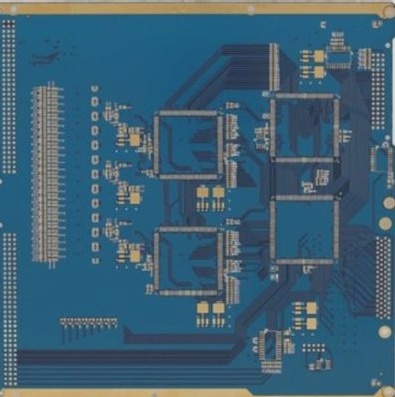Why is it important to match the Driver and Receiver in PCB design?
The characteristic impedance of a PCB transmission line must match the electronic impedance of the driver and receiver to prevent signal distortion, and controlling impedance requires careful attention to factors such as trace width, material properties, and layer stack-up.
Why is it important to match the Driver and Receiver in PCB design? Read More »









